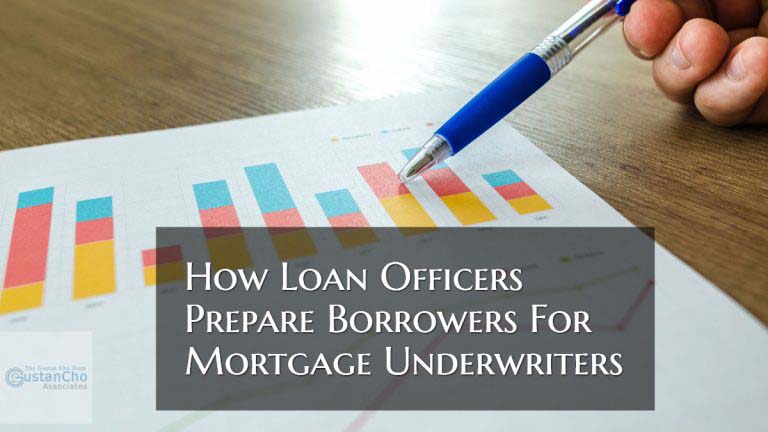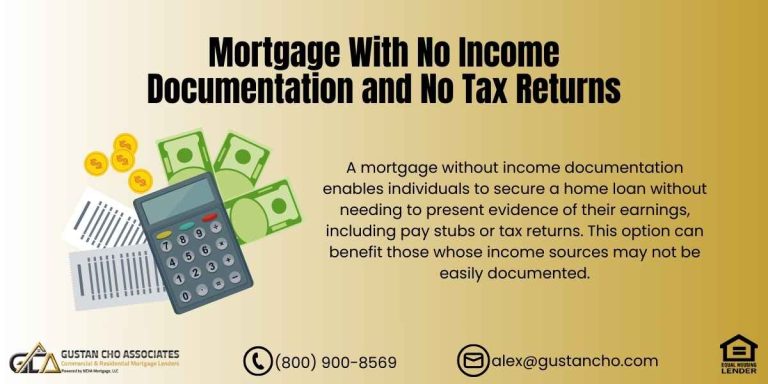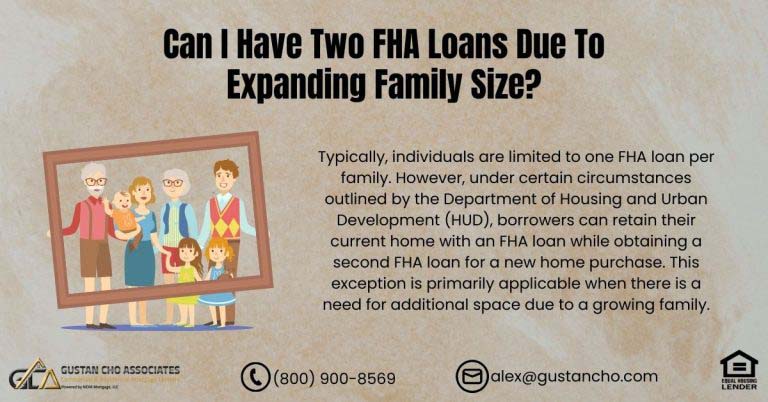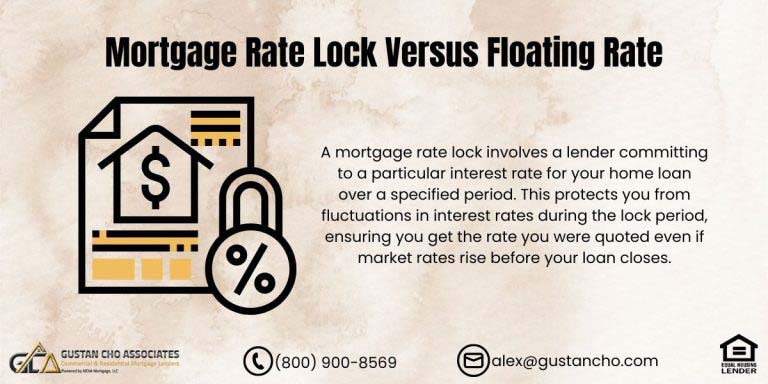This guide covers mortgage underwriter errors causing borrowers a loan denial. Mortgage underwriter errors do happen. Underwriters are human and are not perfect. There are thousands of pages when it comes to mortgage agency guidelines that it is impossible to remember it all. Many loan officers often get frustrated when they know a particular agency mortgage guideline is correct but the mortgage underwriter denies the loan due to his or her knowledge.
If the loan officer suspects mortgage underwriter errors, the loan officer needs to contest the decision with the underwriter. Some mortgage underwriters will not listen and stand by their decision while others are open-minded.
When the underwriter does not want to listen to their mistake when underwriting a borrower, the loan officer needs to contact his or her manager and the manager needs to escalate the decision to the underwriting manager. There are common Mortgage Underwriter Errors When Underwriting Borrowers. It is important to understand the difference between Mortgage Underwriter Errors and lender overlays. Lender overlays are additional mortgage guidelines by the individual lenders that are above and beyond the minimum agency mortgage guidelines by HUD, VA, USDA, Fannie Mae, Freddie Mac.
Mortgage Underwriter Errors Versus Lender Overlays
Most lenders have lender overlays on government and conventional loans. Lender overlays are additional lending guidelines that are imposed by the individual lender that is above and beyond the minimum agency lending guidelines. For example, outstanding collections and charged-off accounts do not have to be paid to qualify for an owner-occupant government or conventional loan. However, a lender may require their borrowers to have paid outstanding and collections and/or charged-off accounts to qualify with them. Another example of lender overlays is HUD requires a borrower to have a minimum credit score requirement of 580 FICO to qualify for a 3.5% down payment FHA loan. Most lenders will require a higher credit score such as 620 to 660 FICO from their borrowers as part of their lender overlays on credit scores.
Get Your Loan Re-Structured If Underwriting Got It Wrong
Sometimes the answer isn’t “no”—it’s “let’s structure this file correctly
Debt-to-Income Ratio Guidelines Versus Overlays
Other common lender overlays are with debt-to-income ratios. The maximum debt-to-income ratio by HUD to get an approve/eligible per automated underwriting system on FHA loans is 46.9% front-end and 56.9% back-end. Many lenders may have a debt-to-income ratio lender overlays where the front-end DTI is 31% and a back-end DTI is 43%. The VA does not require a minimum credit score requirement or a maximum debt-to- income ratio cap to get an approve/eligible per AUS. Most lenders have a minimum credit score of 640 FICO or higher on VA loans even though the VA does not require a minimum credit score. Same with debt-to-income ratio caps.
VA Guidelines on Debt-to-Income Ratio
The VA does not have a maximum DTI cap to get an approve/eligible per automated underwriting system. However, most lenders set a maximum debt-to-income ratio cap at 45% to 50% on VA loans. It is very important to understand Underwriter Errors versus lender overlays. Mortgage underwriters can deny a loan to a borrower who meets all agency mortgage guidelines but fails to meet the lender’s overlays. Gustan Cho Associates is one of the very few national lenders that do not have any lender overlays on government and conventional loans.
Collections and Charged-Off Accounts Versus Debt-to-Income Ratio Errors on FHA Loans
HUD, the parent of FHA, does not require borrowers to pay outstanding collections and/or charged-off accounts to qualify for FHA loans. Collections are classified into two categories:
- Non-medical collections
- Medical collection accounts
Per HUD guidelines, if the outstanding collection account balance is greater than $2,000, the mortgage underwriter needs to take 5% of the total outstanding collection account and use it as a hypothetical monthly debt payment when calculating debt to income ratios. Medical collections and charged-off accounts are exempt from the 5% rule.
Mortgage Underwriter Errors on Collection Accounts
However, there are mortgage underwriters that do not know this and will take 5% of the outstanding collections and charged-off account balance and use all of these as a monthly hypothetical debt. This often disqualifies the borrower. This is a very common mortgage underwriter errors. If loan officers run into this situation, please look up the agency guidelines and it states it very clearly. 5% of the outstanding medical or charged-off balance is NOT used as a hypothetical monthly debt.
Mortgage Underwriter Errors on Credit Disputes
There are specific mortgage guidelines when it comes to credit disputes during the mortgage process. Non-medical credit disputes during the mortgage process are allowed and do not have to be retracted. However, this is not the case with other derogatory credit tradelines and non-medical collection accounts. Non-medical collection accounts with zero balances are exempt and do not have to get retracted during the mortgage process.
Any outstanding non-medical collection accounts with under $1,000 balance (the total aggregate outstanding balance needs to be under $1,000) are exempt and do not have to get retracted during the mortgage process.
All non-medical collection accounts with greater than a $1,000 outstanding balance need to get retracted during the mortgage process. This also holds true with any derogatory credit tradelines such as late payments. One of the biggest mortgage underwriter errors is taking 5% of the outstanding collections and/or charged-off accounts to use it as a hypothetical monthly debt whether or not it is a medical or non-medical collection account.
Denied and It Just Doesn’t Add Up? Get a Second Opinion
Underwriters are human—and they don’t always get it right
Why Lenders Do Not Allow Credit Disputes
The reason derogatory credit tradelines need to be retracted is that the three credit bureaus automatically negate the negative credit tradelines when a consumer disputes a derogatory credit tradeline. So what this means is the FICO scoring model automatically deletes the negative factors from the disputed credit tradelines. Therefore, the consumer credit scores go up when they dispute a negative credit tradeline. When the consumer retracts the credit disputes, the negative factor of the derogatory credit tradelines is factors back into the FICO scoring formula algorithms.
Know And Understand The Agency Mortgage Guidelines
Mortgage Underwriter Errors happen often. Over 50% of our borrowers at Gustan Cho Associates are folks who transfer their home loans to us due to underwriter errors at their previous lender. There are times when underwriters are adamant about their denial and are not willing to budget. In cases like that, the best bet for borrowers is to transfer their files to a lender with no lender overlays like Gustan Cho Associates. Gustan Cho Associates are experts in taking over second-hand files and closing them in record time.
The key for borrowers is to understand the agency mortgage guidelines. Know the basic mortgage guidelines on the loan program you are applying for. Understand the difference between agency mortgage guidelines and lender overlays.
This holds true for loan officers as well. Loan officers need to scrutinize the mortgage underwriter’s conditions and see whether they are lender overlays or agency mortgage guidelines. For more information about this topic or to qualify for a mortgage with a five-star national lender with no overlays, please contact us at Gustan Cho Associates at 800-900-8569 or text us for a faster response. Or email us at alex@gustancho.com. The team at Gustan Cho Associates is available 7 days a week, evenings, weekends, and holidays.
Don’t Let an Underwriting Error Kill Your Home Purchase
A simple misread guideline or miscalculation can delay or deny your approval










